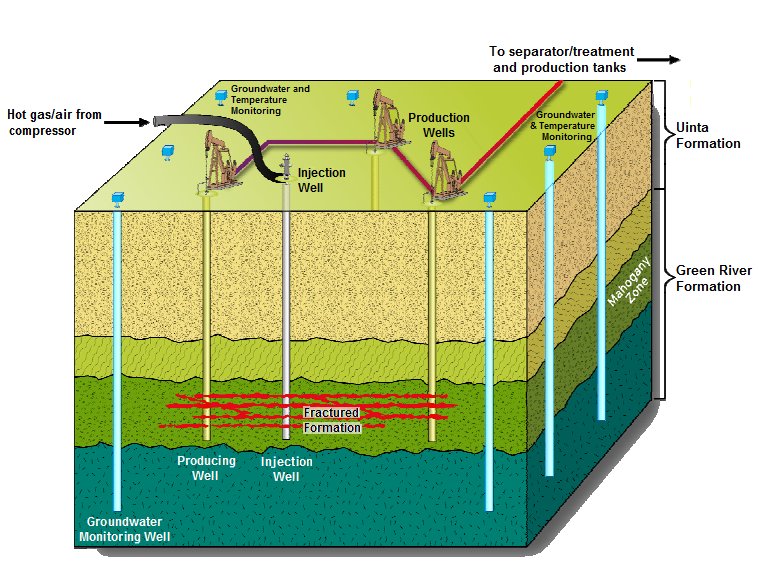The bad news coming out of the shale oil fields of America could all be put down to slumping oil prices. That is certainly a big factor. But as investment professionals like to say, when the tide goes out, we all find out who’s been skinny-dipping.
The pattern of negative news from shale country is not just related to price, however. Oil production, it seems, is being overstated industry-wide by 10 percent and 50 percent in the case of some companies, according to The Wall Street Journal.
The CEO of one of the largest players in the industry, Continental Resources, predicted that growth in shale oil production could fall by 50 percent this year compared to last year. In reality, we should expect worse as the industry for obvious reasons tends to exaggerate its prospects.
The place where the damage to investors has become severe is in private equity firms who hold a large portion of the shale oil industry’s high-yield debt. The plan for the firms was always to unload the debt on somebody else when better opportunities presented themselves. But the firms overstayed their welcome and are having a hard time even finding a bid in the market for these bonds.
With the big Wall Street players now questioning the value of their existing investments in shale oil, the industry is finding it hard to raise money. Not a single bond sale has come off since November in an industry which must continuously raise capital to survive.
To add to the problems, the future of U.S. shale oil production seems to be in the Permian Basin in Texas which has been providing the lion’s share of oil production growth for the entire country. But ongoing drought in an already arid West Texas has raised doubts about whether the Permian will have enough water to meet all the demand for fracking new wells.
Because of the rapid declines in the rates of production from shale wells, companies must first drill enough new wells to offset the loss of production from previous wells—a task akin to walking up the down escalator.
This was not such a difficult task when the shale boom was just beginning. But with the huge increase in the number of operating wells, companies are having to spend more than half of their capital budgets on simply replacing lost production before drilling wells that add to production. That number is expected to reach 75 percent by 2021. At some point it could reach 100 percent. (For this reason some analysts refer to shale oil development as a Ponzi scheme.)
With rig counts dropping; capital expenditures likely to be cut in the face of low prices; and more and more of that budget being used simply to replace existing production, it’s possible that the death spiral long anticipated by the industry’s critics has arrived.
Shale players for years have been unable to finance their drilling programs out of operating revenues as free cash flow (operating cash flow minus capital expenditures) remains wildly negative for most companies. In other words, what companies spend on acquisition of leases and land; drilling and well completion; current operating expenses; and general and administrative expenses far exceeds the cash generated by their sales of petroleum and related products from existing wells.
That means the companies must borrow from investors (usually in the form of high-yield debt) or get them to buy new shares in order to raise the money needed not only to drill enough wells to make up for lost production from declining wells, but also to drill enough to grow production—something investors have been counting on to secure the value of their bonds and increase the value of their shares.
If the needed capital is not forthcoming, it means that companies will be faced with declining revenues from declining production. With lower operating cash flow and little access to additional capital, these companies will be unable to drill enough wells to offset declining ones. That means even lower revenues in the future which will mean even lower investment in new wells. That’s what a death spiral looks like.
Of course, oil prices could revive and with it investor interest. No one can know for sure. But the big question is this: The next time oil prices do rise, will investors risk getting caught during a subsequent downturn with shale oil company bonds that can’t catch a bid in the market (or shares that could end up worthless)?
Of course, if the current downturn in oil prices continues, there might not be a next time for many shale operators.
Image: Chevron Oil Shale Project in Colorado. From the US Bureau of land management Environmental Assessment. Via Wikimedia Commons https://commons.wikimedia.org/wiki/File:Chevron_Oil_Shale_Project.PNG






